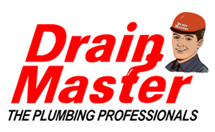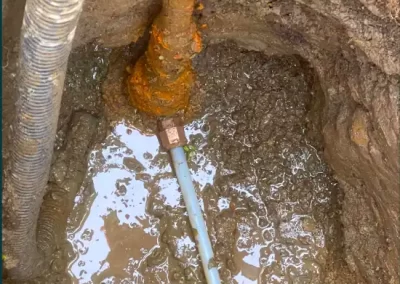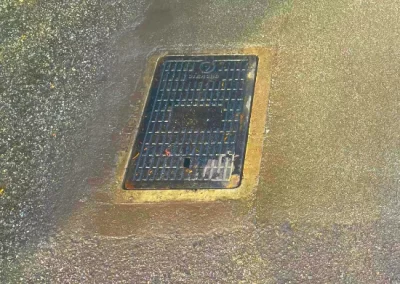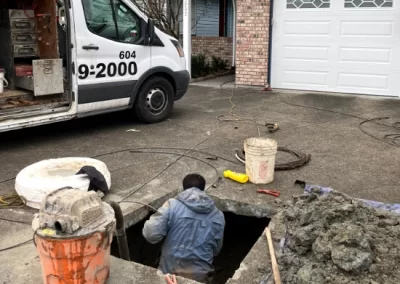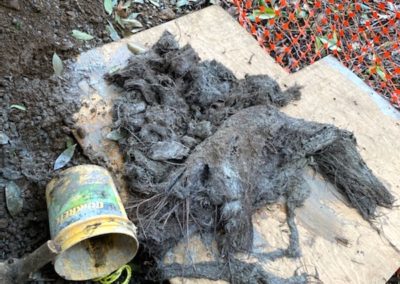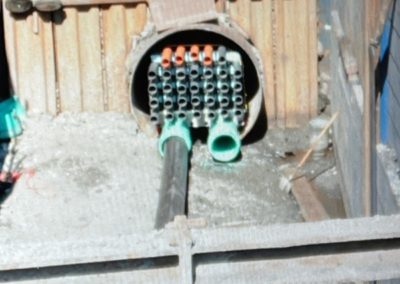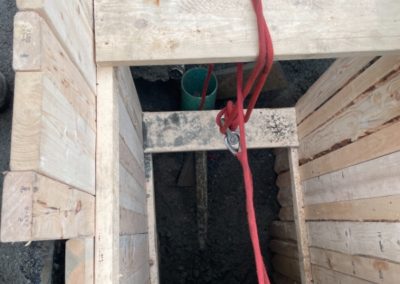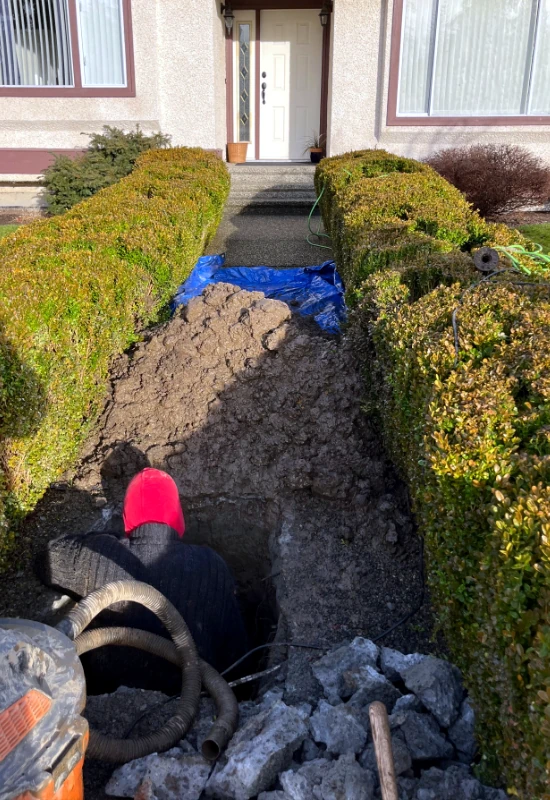
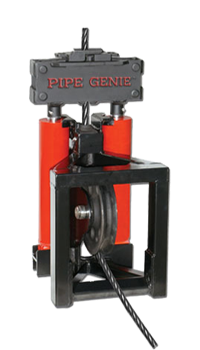
Understanding the Benefits and Process of Trenchless Pipe Replacement
Trenchless pipe replacement, also known as pipe bursting or pipe reaming, is a method of replacing underground pipes without requiring extensive digging or destruction to the surrounding area. This method is becoming increasingly popular due to its cost-effectiveness, speed, and minimal disruption to landscaping, roads, and other above-ground structures.
Trenchless pipe replacement is often used to replace damaged or outdated pipes made of materials such as clay, cast iron, or Orangeburg. It is also used to upgrade pipes to a larger diameter to accommodate increased water flow or repair pipes damaged due to corrosion, root infiltration, or other causes.
There are two main methods of trenchless pipe replacement: pipe bursting and pipe reaming. Both methods involve using a small access hole at each end of the pipe to be replaced, but they differ in the equipment and techniques used to replace the pipe.
Pipe bursting involves using a bursting head, which is attached to a new pipe and inserted into the old pipe through one of the access holes. The bursting head has teeth that break and shatter the old pipe as it is pulled through it, creating a path for the new pipe. The new line is then pulled through the old pipe using our specialized equipment, PipeGenie.
On the other hand, pipe reaming involves using a reaming head, which is inserted into the old pipe through one of the access holes. The reaming head is equipped with cutting blades that shave the walls of the old pipe, creating a smooth, cylindrical path for the new line. The new pipe is then pulled through the old pipe using a winch or other pulling device.
Both trenchless pipe replacement methods have advantages and disadvantages, and the most suitable method will depend on the project’s specific conditions. For example, pipe bursting is generally ideal for replacing pipes buried deeper underground or made of harder, more durable materials. On the other hand, pipe reaming is generally more suitable for replacing buried shallower pipes or for replacing softer materials.
Regardless of the method used, trenchless pipe replacement has several advantages over traditional pipe replacement methods. It is faster and requires less labour, as it does not involve the excavation of a long trench. It is also more cost-effective, reducing the need for expensive restoration and landscaping work. In addition, it causes minimal disruption to the surrounding area, making it a more attractive option for residential and commercial properties.
How does Trenchless Pipe Replacement Work?
The following instructional video shows how Drain Master Plumbers use a specialized tool, PipeGenie, to replace a broken main water line. No more mess and unnecessary damage to your property. Trenchless technology is the best method for most water line and sewer line replacement.
Share It
Experience Peace of Mind with Our 25-Year Guarantee for Water Lines & 10-Year Guarantee for Sewer Lines!
We Guarantee Our Work - Drain Master Warranty.
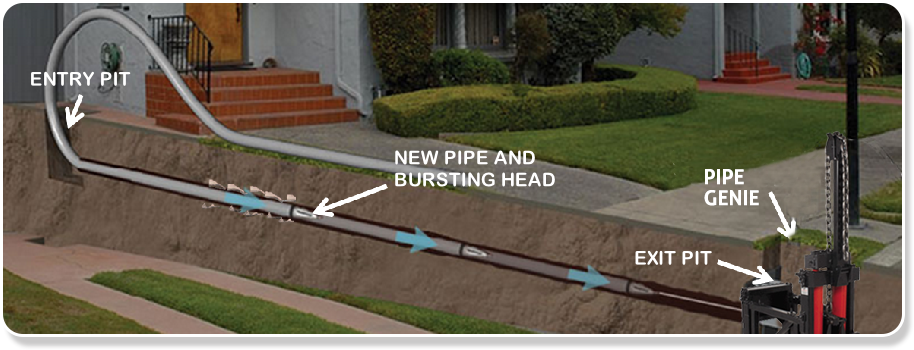
Over 25 Years Experience Serving Greater Vancouver and the Lower Mainland
Other Services We Offer
Septic Tanks
Plumbing Inspections
Clean & Clear Plugged Drain
Live Video Drain Inspection
Water-Jet Drain Flushing
Pipe Replacement & Repair
Pipe Bursting
Drain Cleaning
We are the Trenchless Water Line & Sewer Line Experts!
CONTACT US TODAY FOR A QUOTE!!
